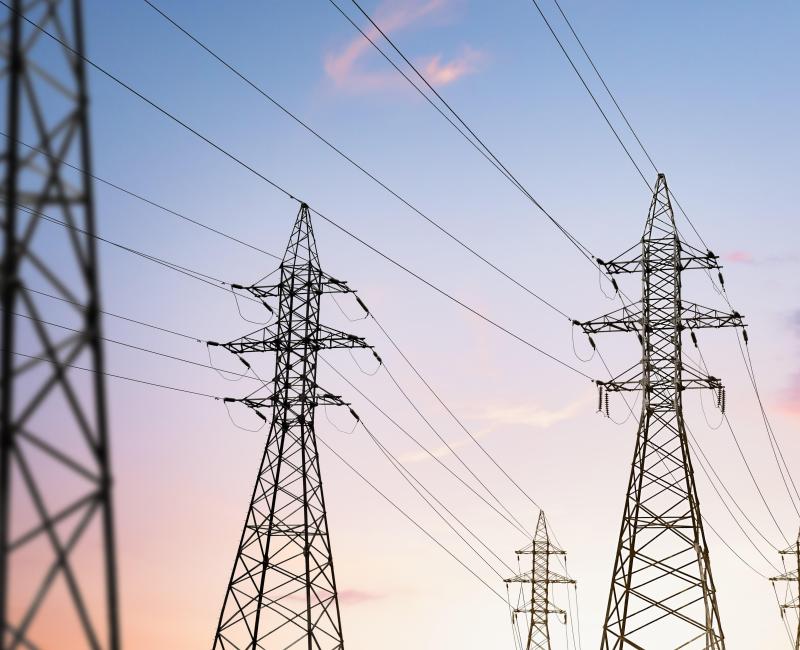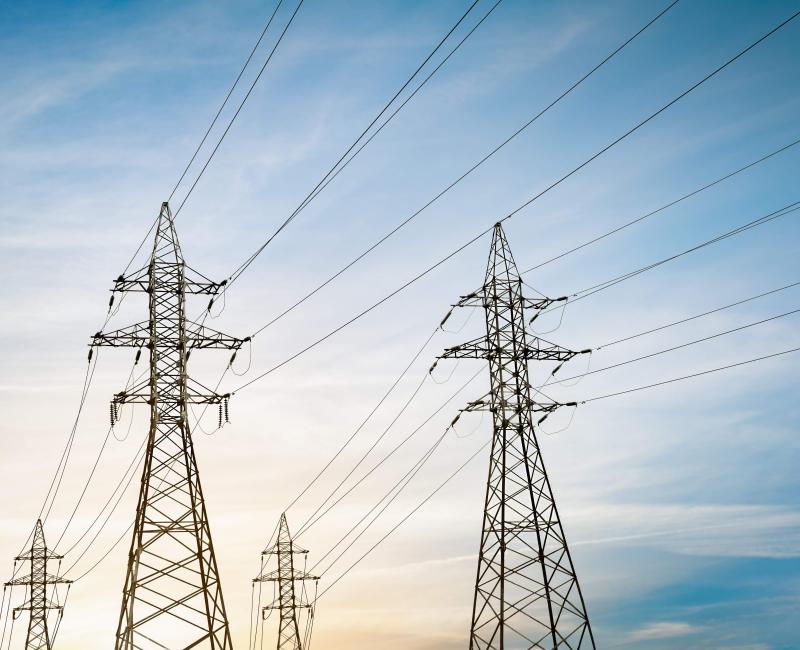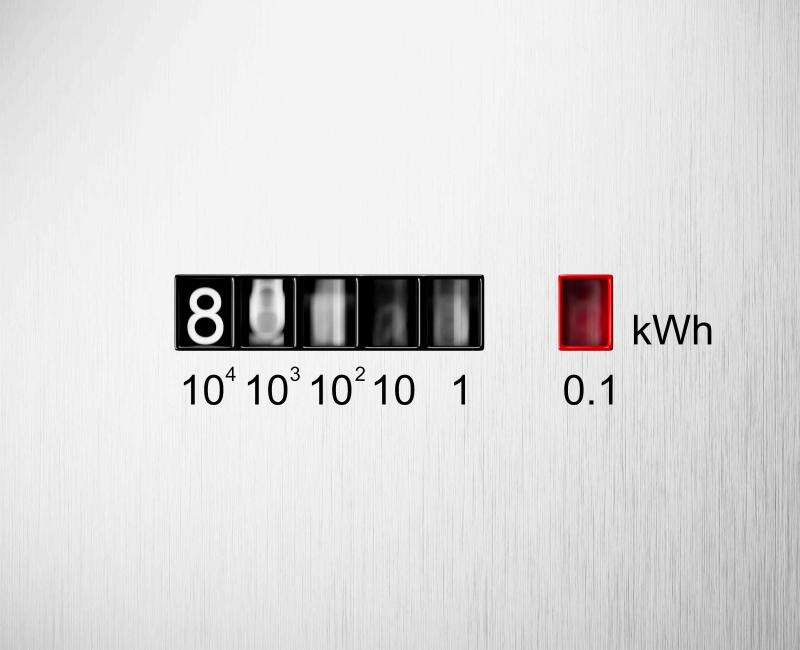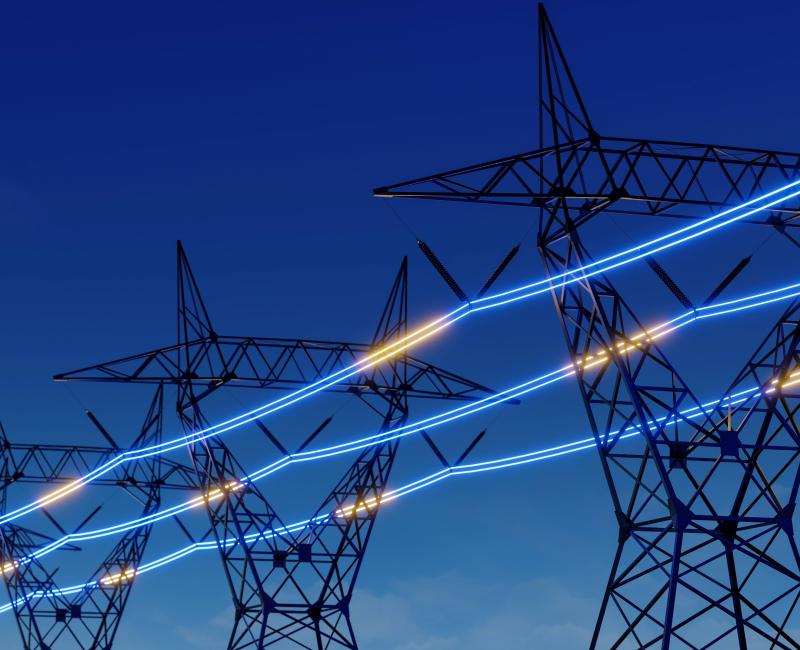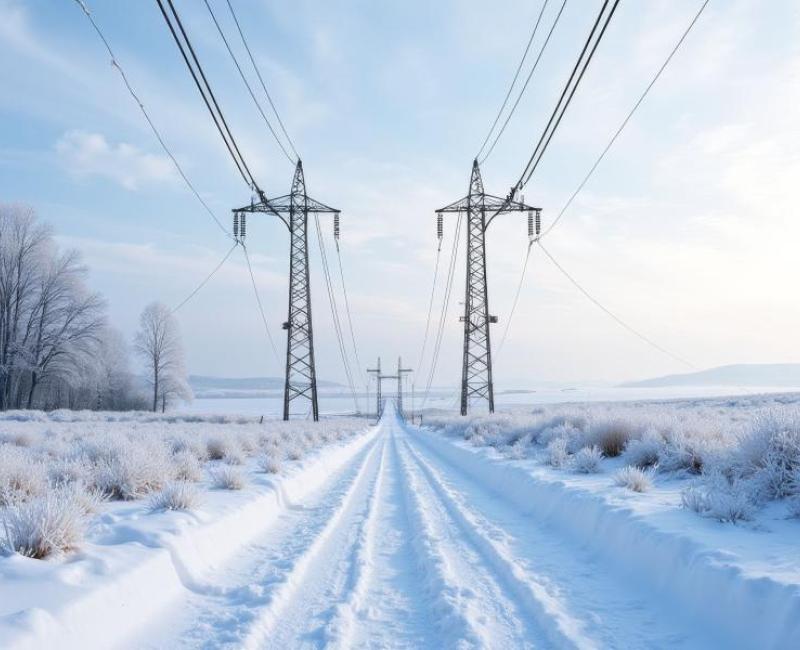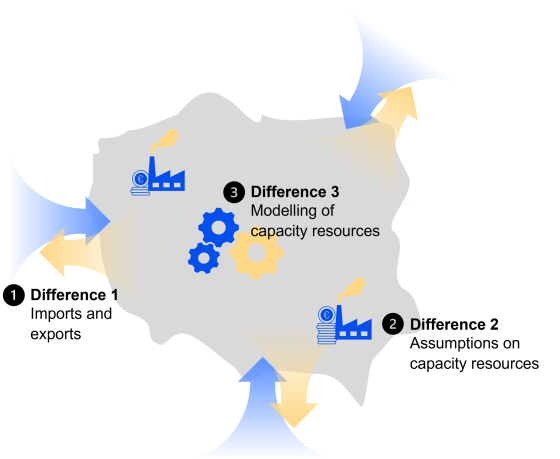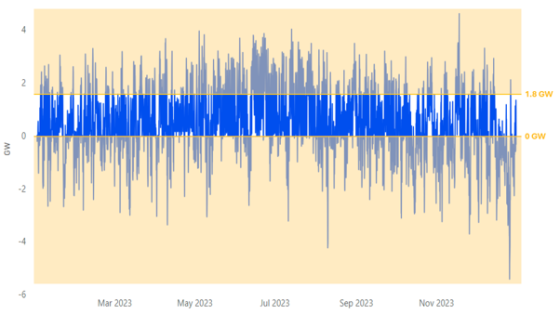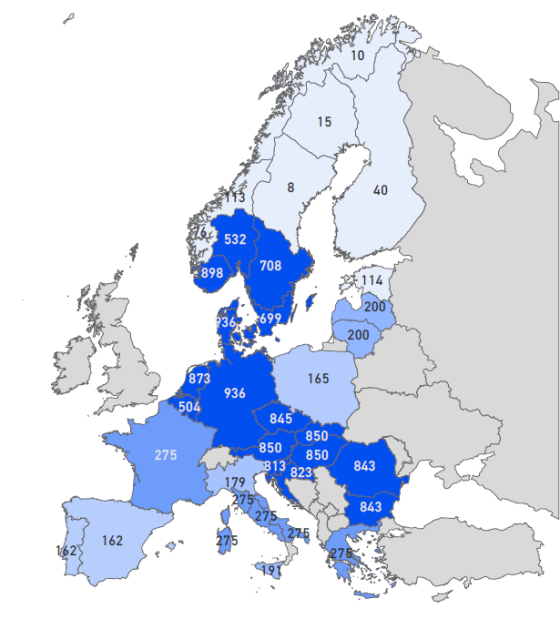Getting the price signals right: ACER’s principles for fair and cost-reflective electricity network tariffs

Getting the price signals right: ACER’s principles for fair and cost-reflective electricity network tariffs
What is it about?
Today, ACER publishes its report on electricity network tariff methodologies. This report analyses how network tariffs are set across the EU and how network costs are allocated across different network users (e.g. generators, consumers, battery facilities or other storage operators).
The report enhances transparency and comparability in electricity network tariff setting by sharing national practices. It also examines and offers insights into various tariff challenges faced by energy regulators.
How is it relevant to the European Commission’s Action Plan for Affordable Energy?
Network charges finance the operation and upgrade of the power grid. ACER has repeatedly flagged that, for EU competitiveness, network costs need to be contained as they are one of the main drivers of electricity costs.
Action 1 of the European Commission’s Action Plan for Affordable Energy (February 2025) is to make electricity prices more affordable. The ACER tariff practices report, which emphasises fair and cost-reflective electricity network tariffs, is timely as the European Commission puts forward (Q2 2025) a design of tariff methodologies for network charges to incentivise the use of flexibility and investments in electrification.
What are ACER’s key messages?
- Getting the price signals right is key. As the energy transition advances, network costs are expected to rise (possibly to double by 2050) and account for a bigger share of the electricity bill (see ACER report on electricity infrastructure, December 2024). This calls for a regular ‘fitness check’ by regulators of network tariff methodologies. Ensuring the network tariffs send the right price signals optimises grid use and keeps network costs down.
- Containing the rise in network costs is important for EU competitiveness and affordable electricity. Future-proof measures should ensure all network users receive signals for flexibility and system efficiency, rather than unduly shifting costs among them.
- Network tariffs should be cost-reflective to encourage users to adapt their behaviour. Together with market prices, they provide a combined price signal, influencing users’ electricity generation and consumption patterns.
- Two-thirds of EU countries have recently made (or plan to make) major revisions to their network tariff methodologies. Many of these changes align with ACER’s past recommendations (including increasing the use of power-based tariffs in alignment with the cost-causality principle, introducing time-of-use signals and removing unjustified discounts).
- Local power system context matters. No ‘one-size-fits-all’ solution can be easily found: this ACER report presents select national practices from which regulators can draw inspiration to increase system efficiencies and keep electricity network costs down, tailoring them to local needs.
ACER offers 10 principles for national regulatory authorities (NRAs) to consider when setting or approving their next electricity transmission or distribution tariff methodologies. These aim to:
- enhance transparency and comparability of network tariff methodologies;
- ensure non-discrimination among network users;
- promote cost-reflectivity and efficient price signals; and
- foster stakeholder engagement before major methodology revisions.
What are the next steps?
ACER will continue to facilitate the exchange of best practices among NRAs, engaging closely with stakeholders to gain valuable insights.
ACER stands ready to support the European Commission as it develops its guidance on the design of electricity network methodologies (2025) and its Electrification and Grids Package (2026).




